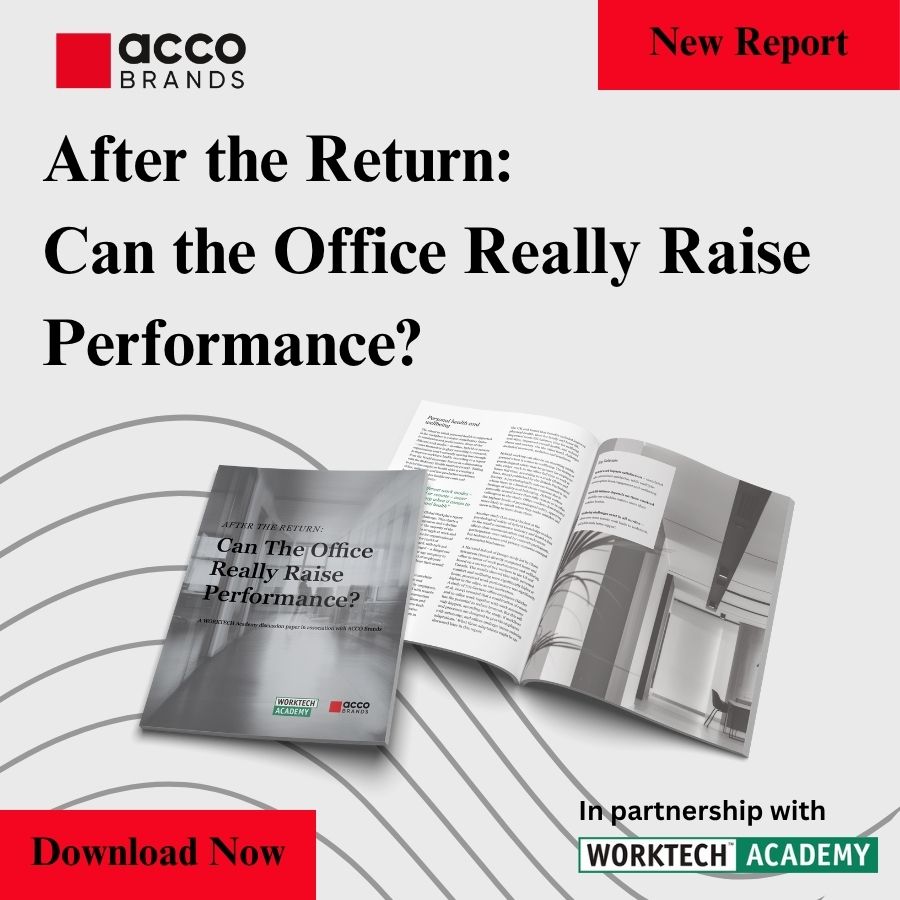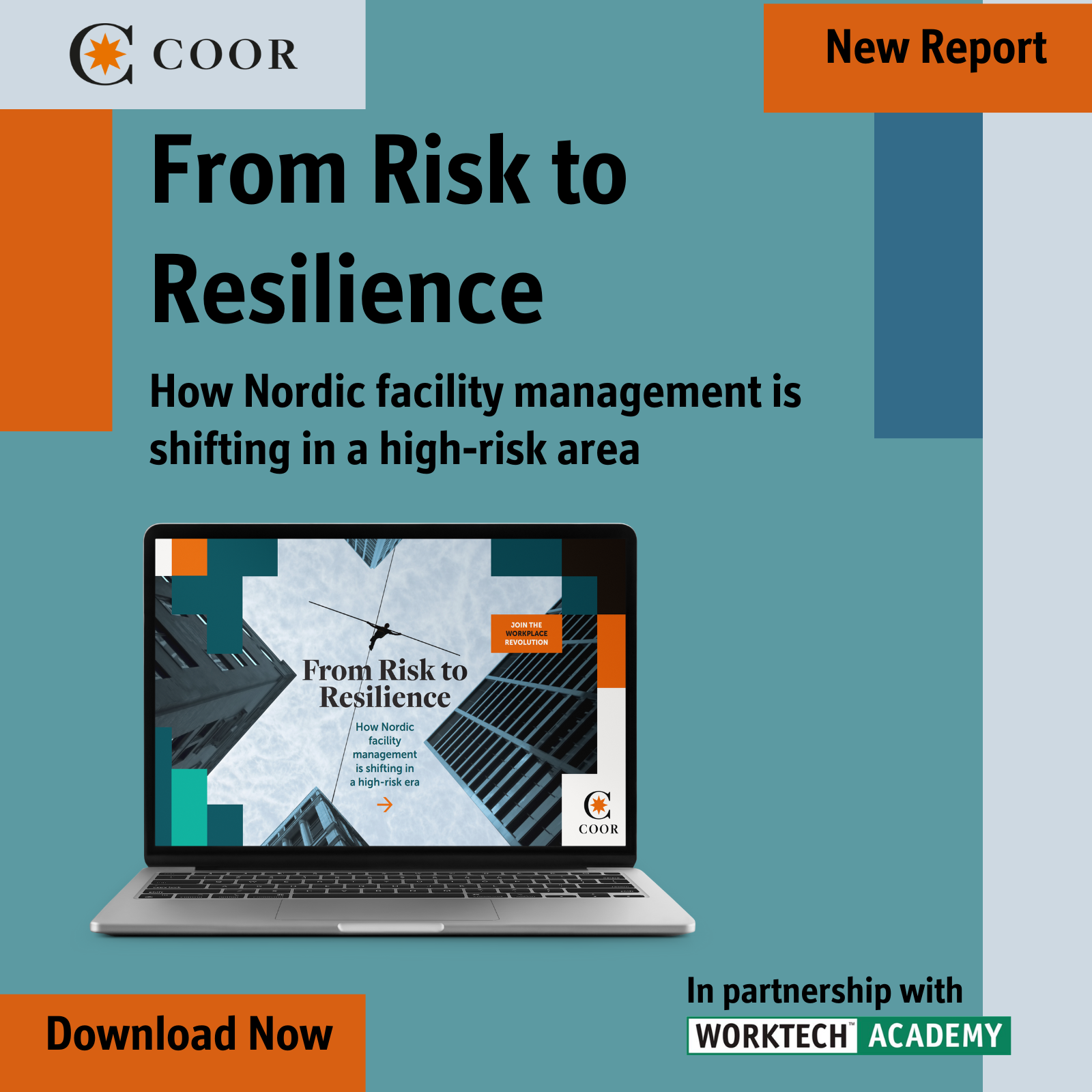Designing for a living planet – lessons from Humanscale’s sustainability journey
Often reduced to reporting and regulation, sustainability can be far more dynamic. Humanscale’s Chief Sustainability Officer, Jane Abernethy, illustrates how design-led thinking turns responsibility into opportunity
As workplaces rethink their footprint – from energy intensity to material impact – the conversation increasingly turns to the products we specify and the supply chains we enable. At Humanscale, a New York–based manufacturer of ergonomic workplace solutions, sustainability is not an afterthought but a core design challenge. Chief Sustainability Officer Jane Abernethy visited Australia this year to launch the company’s new Sydney showroom and present an approach to sustainability that goes well beyond certifications and targets.
Rethinking the problem
Abernethy’s industrial design training shapes her philosophy. ‘Nobody wants a toaster; they just want toast,’ she recalls from design school – a reminder that the first step in sustainable practice is clarifying the real need. For workplaces, this means asking not only how to swap materials or offset carbon, but how to create furniture and systems that truly endure and support healthier environments.
By designing for long-term use and deep user connection, Humanscale aims to slow resource turnover. ‘If we want to use resources responsibly, we should use them for as long as possible,’ says Abernethy. ‘One way to get people to do that is to have them really enjoy the products they use.’
Scale and influence
Designers, she argues, often underestimate their influence. When workplace consultants and specifiers choose responsibly made products at scale, they shift manufacturing priorities. Humanscale uses its own market position, similarly big enough to push suppliers on transparency and material safety, but nimble enough to innovate.
That approach has already led to industry firsts: removing harmful chemicals such as PVC and chrome from key lines, incorporating ocean-bound plastic into seating, and openly sharing materials data so clients can make informed decisions.
Learning from nature
Another source of inspiration is biomimicry, borrowing not just material ideas but whole-system strategies from nature. ‘It’s about really learning how to be in the world,’ Abernethy says. Nature’s closed loops, self-healing structures and elegant efficiency offer blueprints for regenerative design far beyond incremental sustainability.
Expecting more
For Abernethy, transparency isn’t just a reporting tool; it’s a market signal. By demonstrating that cleaner, longer-lasting, nature-inspired design is commercially viable, Humanscale encourages clients to demand more and competitors to follow. ‘When they start to expect more – when they think it’s possible – the whole industry has to step up,’ she says.
Future workplace implications
As companies seek to align ESG goals with healthier, more adaptive spaces, procurement choices will matter as much as energy systems or smart building tech. Specifying products with verified low-impact materials, long lifecycles and regenerative intent can accelerate sustainability outcomes without waiting for large-scale infrastructure change.
Sustainable workplaces are not built only at the masterplan level; they’re assembled product by product, informed by transparent supply chains and bold design. For architects, designers and workplace strategists, the opportunity is to leverage every specification decision as a force for change, making sustainability not a cost centre, but a creative and competitive advantage.








